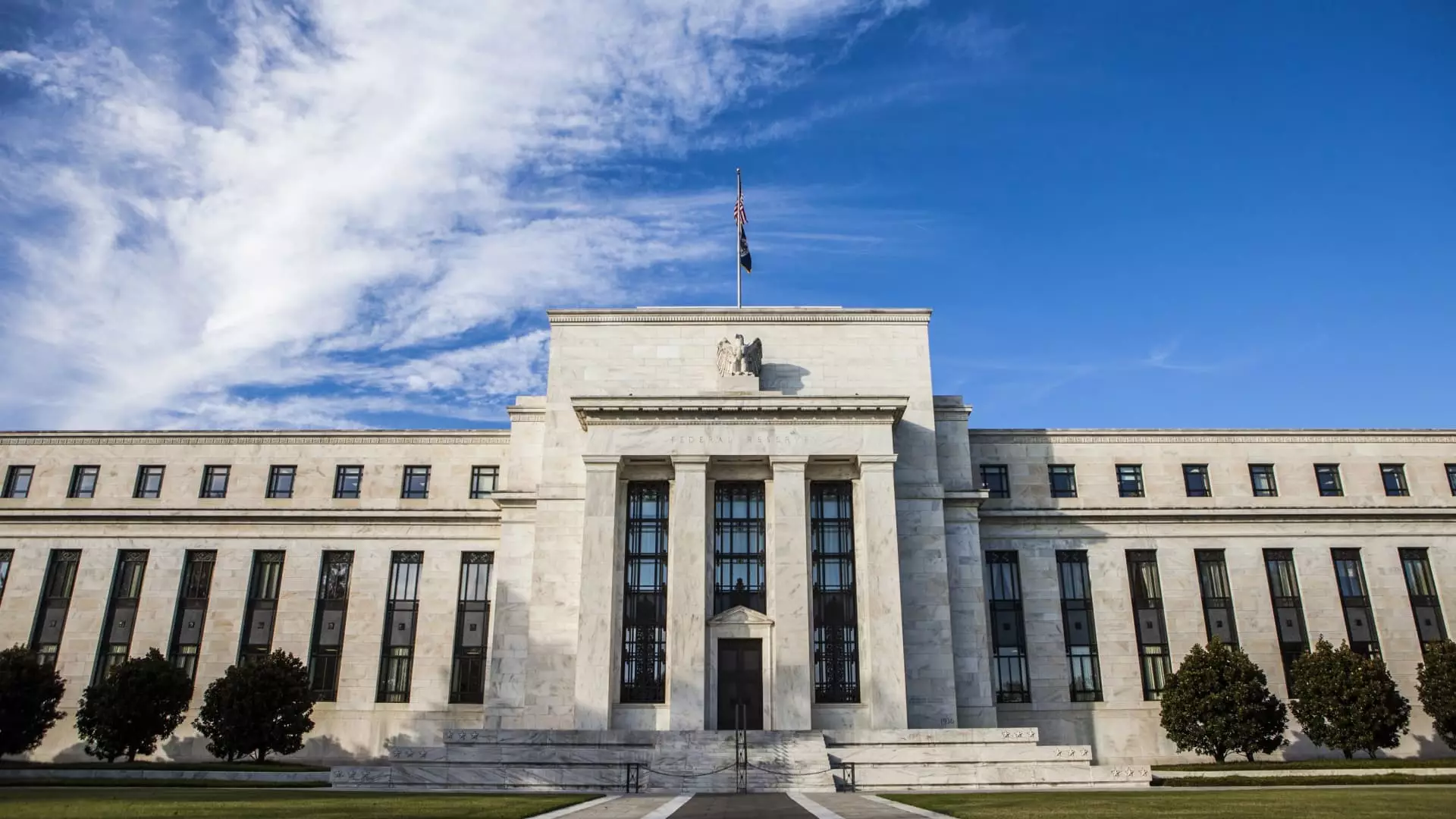The Federal Reserve’s annual bank stress tests have been a cornerstone of financial regulation since the aftermath of the 2008 financial crisis. Designed to ensure that large financial institutions are prepared to weather economic downturns, these tests assess banks’ capital ratios and stress their ability to manage losses from potential economic shocks. However, the impending lawsuit from major banks indicates that these assessments have become contentious. Industry leaders argue that the stress tests impose burdensome capital requirements that inhibit lending and economic growth, raising questions about their effectiveness.
A source has revealed that several prominent banks, including those represented by the Bank Policy Institute (BPI), are allegedly poised to take legal action against the Federal Reserve. This move underscores a growing dissatisfaction with the current testing framework and its perceived rigidity. The timing of the lawsuit is crucial, as it follows a recent announcement from the Fed stating its intention to seek public comment on potential changes to the stress testing process. While the Fed has emphasized that it plans to enhance transparency and reduce capital buffer volatility, banks are likely to regard these proposed adjustments as insufficient.
The challenge posed by major banks points toward a broader conflict between regulatory bodies and financial institutions. The Fed cited “the evolving legal landscape” as a key driver behind its decision to modify the stress tests, yet specific details about what these modifications entail remain vague. The proposed revisions are largely seen as an attempt to appease banking giants while maintaining the overarching regulatory framework. Critics within the banking industry argue that without substantial reforms, the changes may not alleviate their frustrations over capital sufficiency and stress assessment criteria.
Greg Baer, the CEO of the Bank Policy Institute, has publicly welcomed the Fed’s acknowledgment of the need for reform, viewing it as a positive step toward greater accountability in the regulatory process. However, his statements also hint at an ongoing battle; Baer mentioned that the industry will carefully review the proposed changes and may pursue further action. This duality of optimism and skepticism reflects a widespread sentiment within the banking sector: a desire for meaningful reform while grappling with the realities of existing regulatory constraints.
Beyond the immediate conflict surrounding stress tests, the banks echo a larger concern about the potential implications of stringent capital requirements on lending practices. Many industry representatives argue that excessive capital provisions can stifle credit availability, ultimately hindering economic recovery and growth. As these major banks arm themselves for litigation, the implications of their actions extend beyond dispute resolution; they may also ignite a much-needed discussion about the balance between prudent regulation and the fostering of economic dynamism.
As this legal battle unfolds, stakeholders will be closely monitoring the Federal Reserve’s response and the potential ramifications for capital regulations in the banking sector. The outcome may reshape not only the stress testing framework but also the broader relationship between financial institutions and regulators in the United States.

